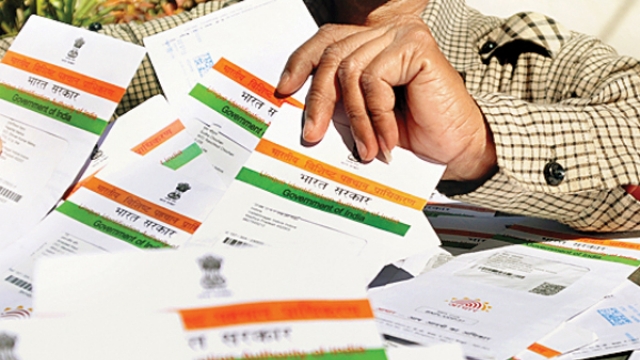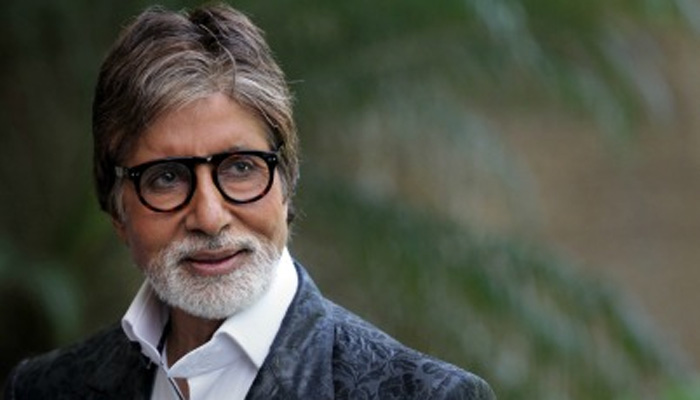
The conflict was sparked by elections, which were won by an East Pakistani party, the Awami League, which wanted greater autonomy for the region.
While the political parties and the military argued over the formation of a new government, many Bengalis became convinced that West Pakistan was deliberately blocking their ambitions.
The situation started to become violent. The Awami League launched a campaign of civil disobedience, its supporters attacked many non-Bengali civilians, and the army flew in thousands of reinforcements.
On the evening of 25 March it launched a pre-emptive strike against the Awami League, and other perceived opponents, including members of the intelligentsia and the Hindu community, who at that time made up about 20% of the province’s 75 million people.
In the first of many notorious war crimes, soldiers attacked Dhaka University, lining up and executing students and professors.
Their campaign of terror then moved into the countryside, where they battled local troops who had mutinied.
Initially, the plan seemed to work, and the army decided it would be a good idea to invite some Pakistani reporters to the region to show them how they had successfully dealt with the “freedom fighters”.
So, eight journalists, including Mascarenhas, were given a 10-day tour of the province. When they returned home, seven of them duly wrote what they were told to.
But one of them refused. Anthony Mascarenhas.
























